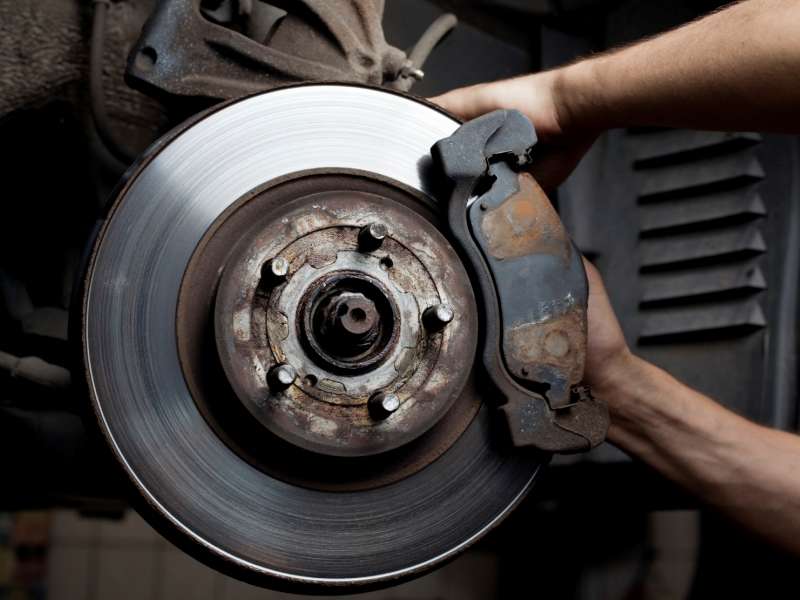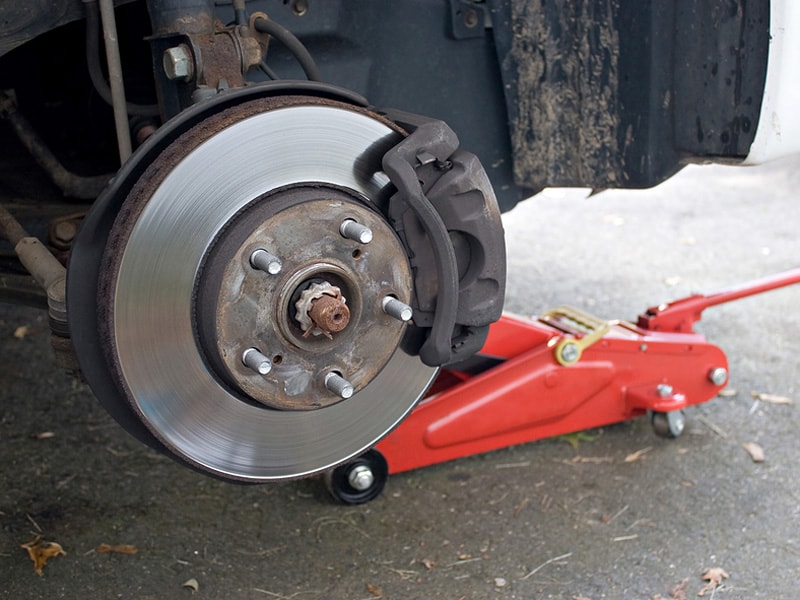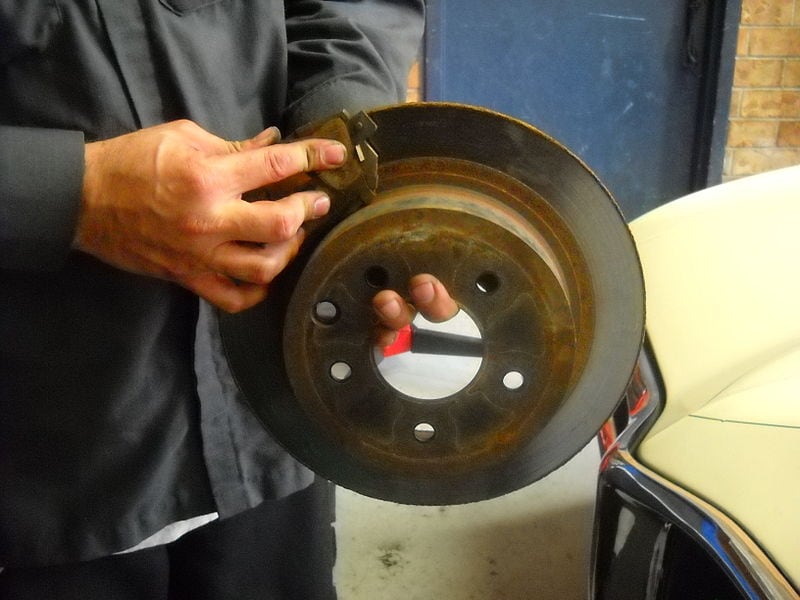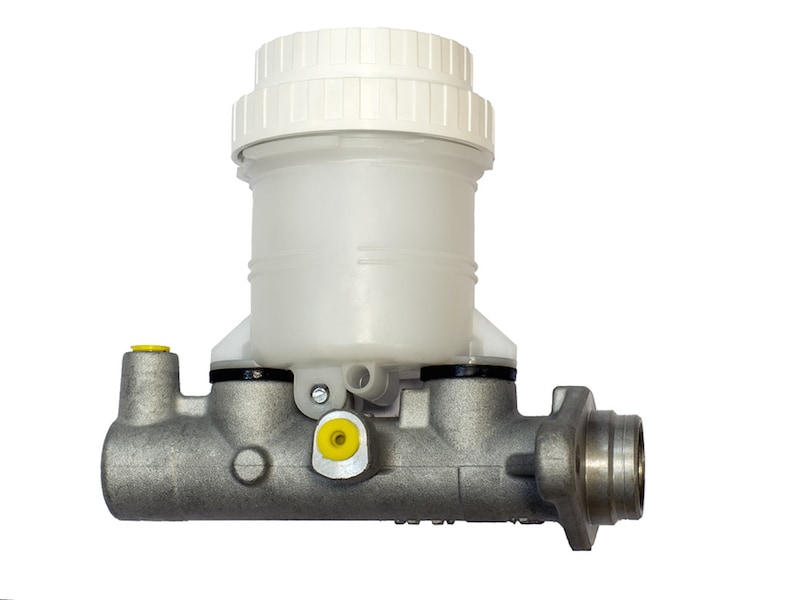Recent Articles
Popular Makes
Body Types
How to Replace Brakes

When it comes to replacing brakes, the first thing you need to know is what parts on your car need replacing. When replacing brake parts, it's always best to replace the parts on both sides of the vehicle at the same time.
If the brake pads are worn unevenly or are below their minimum thickness, they will need to be replaced. To replace the brake pads (and rotors, calipers, and flex hoses) you will need to support the car on jack stands and remove the wheel. Next, you will need to remove the brake caliper from the vehicle. On some cars, this may be done with clips, but usually, the calipers are attached to caliper support brackets on the car with a couple of bolts. Once the bolts or clips are removed, you may need to use a screwdriver to lightly pry the caliper and pads away from the rotor. Never let the caliper hang from the flex hose as this can damage the hose; instead, support it on part of the suspension or frame, or use a jack or axle stand.
# How To Replace Brakes
Once the caliper is removed from the car, you may be able to use the old brake pads and a c-clamp to push the piston back into the caliper; however, sometimes the pistons need to be twisted or otherwise manipulated back into the caliper with a special tool. If the piston is hard to get back into its bore, the caliper may need to be rebuilt or replaced. Be sure to check the brake fluid level to ensure that it does not overflow as you press in the piston. Once the piston is back into the caliper, remove the old pads. Inspect the brake slides and grease them with synthetic brake grease to ensure that they move freely. Place the new pads into the caliper in the same orientation as the old pads. If you've been having problems with the brakes sticking, you may also want to consider replacing the flex hoses. If the calipers or flex hoses are disconnected, you will need to bleed air from the system.

# How To Replace Brakes
If the rotors are deeply scored, very rusted, warped, or below their minimum thickness, they should also be replaced. Before removing the rotors, you may need to remove the caliper brackets from the car. With the brackets removed this should be as simple as removing a set screw (if equipped) and then pulling the rotors off the lugs. If the rotor sticks, you may need to put a piece of wood against the rotor and then give it a few whacks with a hammer. Before you install the new rotors, consider applying some anti-seize to the hub face, then slide the brake discs over the lugs. Replace the set screw, and reattach the caliper support brackets, being sure to torque them to the manufacturer's specifications.
The calipers and pads should slide over the rotors, but can be a pain to align properly. If the pads don't want to fit over the rotor, you may need to press the piston further into the caliper. Once you get everything aligned, insert the caliper bolts and start them by hand, then torque them to the proper specifications.

# How To Replace Brakes
If you are working on a car with drum brakes, you will need to remove the brake drum in order to inspect the shoes. If the shoes are below their minimum thickness they will need to be replaced. The shoes are normally held in with one or two springs that will need to be detached. They make special tools for spring removal, but they can often be removed with pliers. Either way, be sure to wear gloves and safety goggles as the spring has quite a bit of energy and may go flying. Once the springs are removed, you should be able to remove the shoes. Inspect the wheel cylinders for leaks, and if necessary, replace them and bleed the system. Install the new shoes and then reattach the springs. Inspect the brake drums. If they are scored, rusted, or below their minimum thickness, they should be replaced.
If you're braking system has no leaks but your brake pedal slowly sinks to the floor, you may need a new master cylinder. When replacing the master cylinder, you will usually need to first bench bleed it. This is normally done by attaching lines from the output of the cylinder that run into the reservoir. The reservoir is then filled, and the piston is then cycled until all the air is out of the lines. You can then install the master cylinder onto the car, and then bleed the rest of the brake system as normal.
